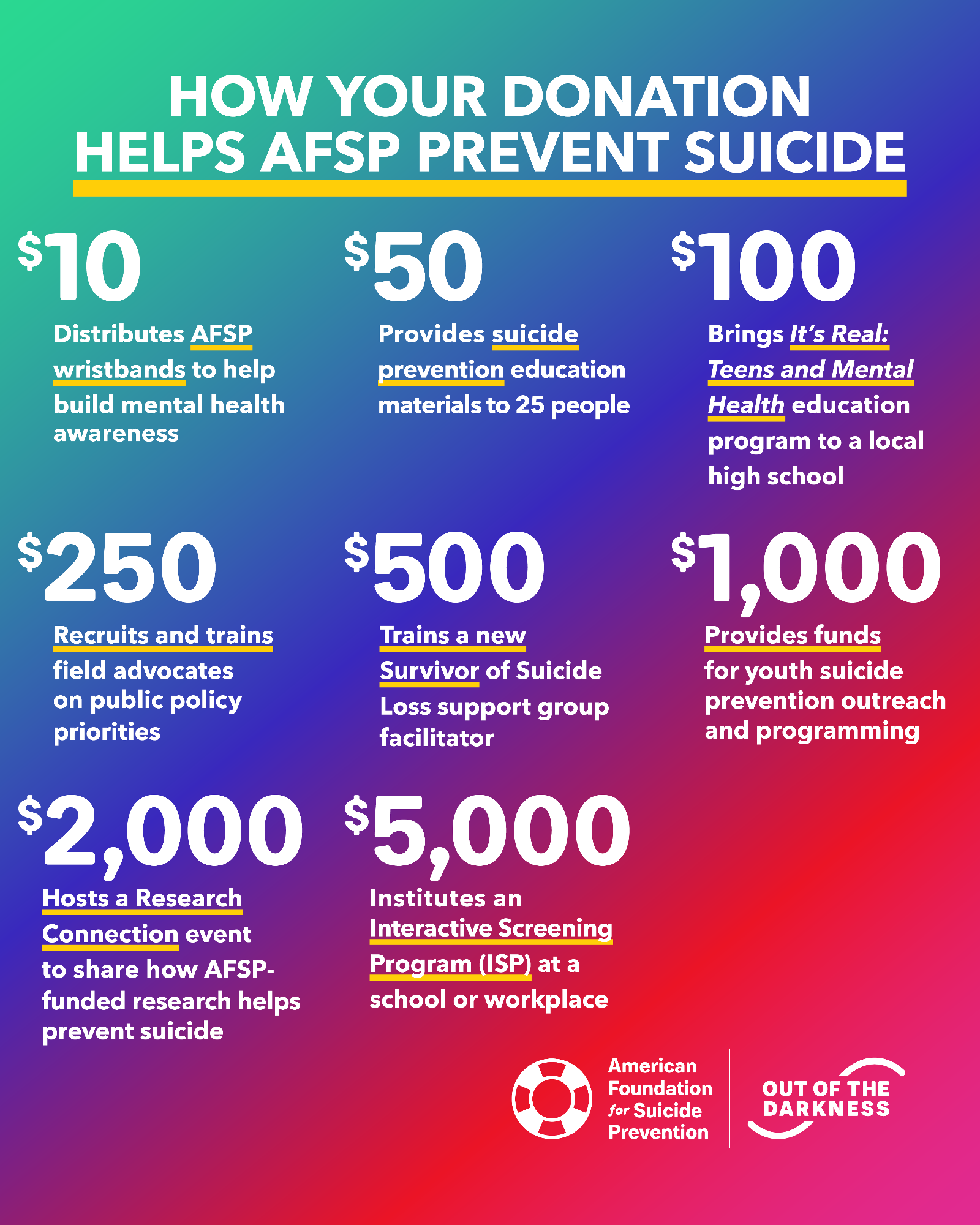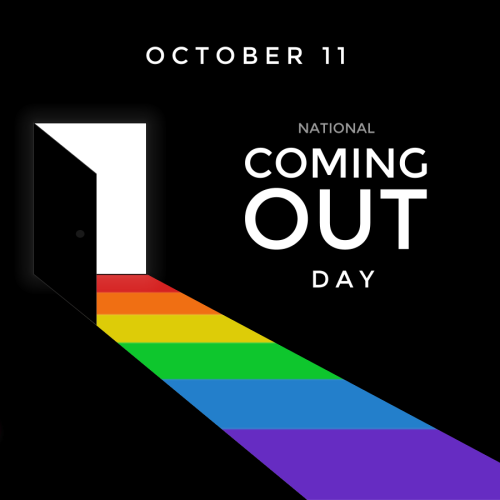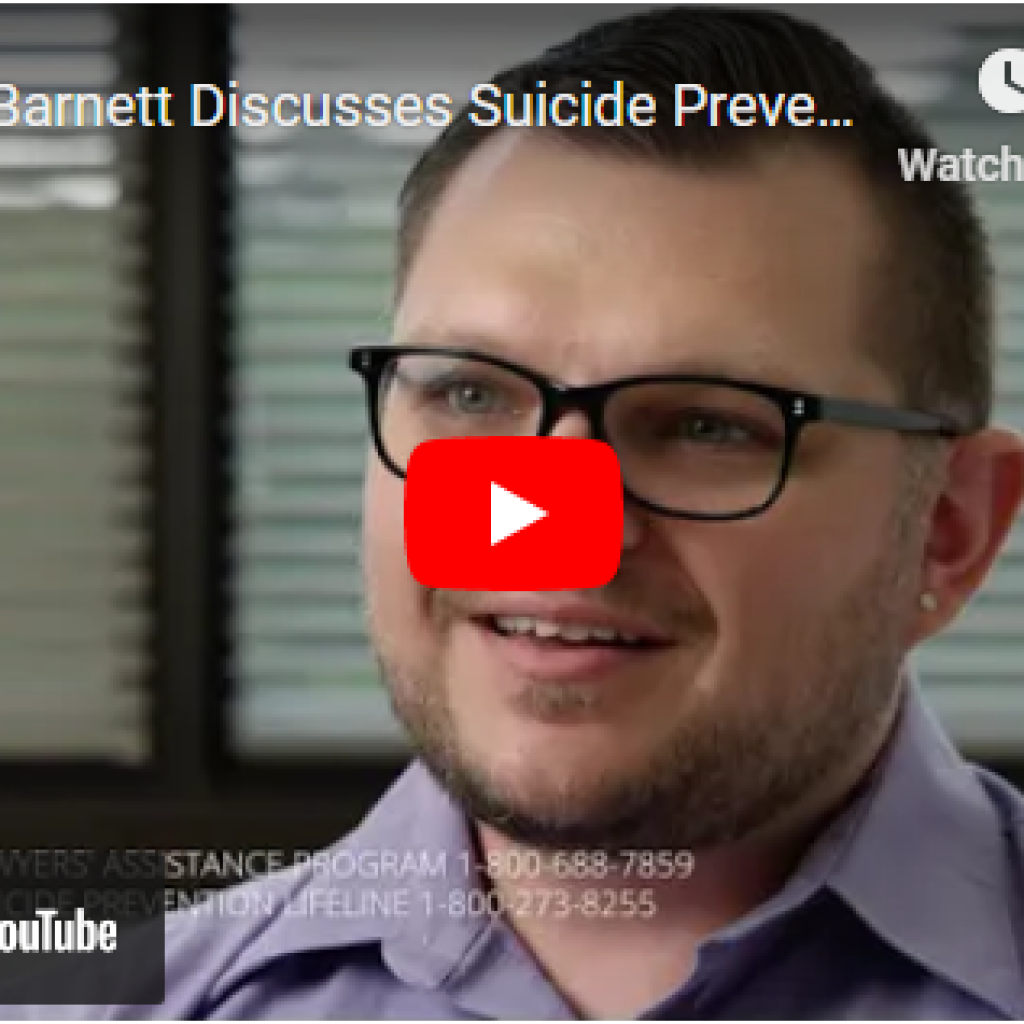CW: Suicide

I am gay. That is what I told my wife just a couple months before our 10-year wedding anniversary. Revealing that hidden truth was a huge weight lifted off my shoulders, but also the beginning of a downward spiral into the darkness of depression that would lead me close to suicide.
My journey to coming out began in November 2018 when my chronic anxiety turned into depression. It was then that I first seriously considered ending my own life. It was also when I began seeing a therapist for the first time. Until that time, I had never even considered seeing a therapist. I wasn’t crazy. I didn’t have unusual problems. I was “normal” (whatever that means). But, at the urging of my family and friends, I reluctantly checked my insurance benefits and selected a therapist in the network and located near my house.
The first session focused mostly on my new therapist getting to know me and why I had sought out her services. I talked about the immediate causes of my anxiety: financial issues, relationship struggles, and work-related stress. I told her about my thoughts of ending my life and ideas that had plagued me about how the pain could end. As I came to trust her more, I opened up and shared things I never thought I would tell anyone. We worked on making sense of my thoughts and feelings, past events, and developing coping strategies. In early August 2019, after nearly a year of meeting regularly, I finally got the guts to tell my therapist something I had only ever considered in my mind. I told her that I was gay and that I needed to figure out how tell my wife.
That session with my therapist was the first time I had ever said it out loud.
“I am gay.”
Saying those words and finally accepting that truth was terrifying and brought so many questions to mind. What does this mean for me? For my wife? My kids? Will my parents and siblings accept me for who I truly am instead of who they thought I was? How will others react? Will my friends understand? What about my co-workers? Who should I tell and when?
After leaving that therapy session, I decided that I had to be true to myself and that it was time to live my life authentically. That meant telling my wife. So, I began planning for how and when I would tell her. To find some guidance, I read tips online and found a great book (Unashamed: A Coming Out Guide for LGBTQ Christians by Amber Cantorna). One piece of advice stood out: be patient with yourself and others. Take your time coming out; it’s a process. You don’t have to rush and tell everyone all at once. It may take some people time to process and accept what you’ve told them.
I first remember noticing that I had different feelings than other boys my age when I was in the fourth or fifth grade. I remember thinking boys were cute instead of girls, and I developed crushes on some of my male classmates. But I buried the truth about my sexuality. I grew up in a small, conservative midwestern town where gossip spread quickly and being gay wasn’t welcomed. As a kid I saw no images of positive same-sex relationships. I heard no affirming messages at church, rather quite the opposite. The kids my age who were suspected as being gay were bullied. I didn’t want to go through that, so I convinced myself that I was not “that way.”
It was a Friday morning, about a week and a half after coming out to my therapist, when I broke the news to my wife. Our kids had just left for school. I had packed an overnight bag and gone outside to put it in my car, expecting that I would be asked to leave after coming out to her. When I came back into the house, I climbed up the stairs and told her we needed talk. I told her that I had been hiding a secret from her and that it was time for me to tell the truth.
“I am gay,” I said to her. “And, I am sorry for not telling you before now.”
She immediately broke down into tears as she was overwhelmed by a flood of emotions. Confusion, fear, anger, disbelief, betrayal, and sadness. In an instant, she was replaying our 14 years together and questioning everything. What was real? Were there signs that she missed? How could she not have known? Did she actually know on some level? Those thoughts and more replayed through her mind for weeks.
I too was overcome by emotions. I felt regret for not being honest with her all those years. I felt as though I had stolen those years away from her. But, I also a felt a huge weight lifted from my shoulders knowing in that moment that I no longer had to hide my true self from the person closest to me.
A week went by before my anxiety spiraled out of control. The guilt of hurting my wife and thoughts of what my unknown future may hold constantly raced through my mind. I had trouble sleeping. I felt that I had to be supportive of my hurting wife and keep a strong face for my kids. But I was overwhelmed and slipped into depression. The thoughts that everyone would be better off without me returned, and ultimately, suicide again became a real possibility for ending my pain. On a morning in late August 2019, I made a plan to end my life and wrote a note to apologize to my family for the harm I had caused and to say goodbye.
As I read over the note that I had just written, I became scared. I snapped a photo of the note and sent it to my wife. That was the start of me getting help to cope with the dramatic life changes coming as I worked to accept myself as a gay man, ending my marriage, breaking up my family, and destroying the image that others had come to know of me. After telling my wife about the note, I reached out to a group of trusted friends and shared what I was going through with them. With their encouragement and that of my wife, I visited a local psychiatric hospital for an evaluation. The hospital staff and on-call psychiatrist reluctantly discharged me, but only did so on the promise that I would return to begin an intensive outpatient program the following evening.
I had never been to group therapy and did not want to go. I didn’t want to be “that guy.” Someone suffering a mental break. Someone who needs a support group. But I went and was comforted in knowing that I am not alone. Some were there for drug or alcohol abuse, some for anxiety and depression, and others for varying mental disorders. They all had their own unique, but similar, struggles. It was not been easy to be open and honest in a room full of strangers, but I received nothing but acceptance from them all. With the tools I acquired in the program and support from medication I am in a much better place mentally and physically. I am learning to love and accept myself. And above all, I am glad to be alive.
During this journey of coming out and receiving support, I have learned that having the right people in your life truly makes a difference. I hope that someday I can be one of those people for someone else in need. In the months since I first said, “I am gay,” I have opened up to many, many more people. I have worked with Pride St. Louis to start a gay men’s support group. I have joined a community at my church that is working for the full inclusion of LGBTQ+ persons within the United Methodist faith. And, I have joined the board of the Missouri Annual Conference Reconciling Ministries Network which does similar work for United Methodists throughout the State of Missouri.
My journey has just begun, and the road is long. I know there will be many more hills to climb. I will face criticism for who I am as a person and what I did to my family. My relationships with family members and friends will be forever changed. Some for the better, some worse. And I may lose people I care about along the way. But I now know that it can and does get better. Being my true, authentic self and being open with those I trust about what’s on my mind and in my heart will get me through.
I have wondered if things might have gone differently if I had reached out for help sooner. I should have called the National Suicide Prevention Lifeline (1-800-273-8255) when I was making a plan to end my life. I should have sought help when I was feeling overwhelmed and hopeless. I should have told a friend that I was feeling depressed. But, I didn’t. I was scared about what people would say and afraid that no one would be able to help me. That mentality is a problem. We should not fear reaching out to others and saying, “Help! I’m in trouble and need your support.”
If you’re struggling, say something to someone you trust. Getting your struggles off your chest can relieve some of the pressure you feel and help you work through the pain. Try to think about it as just another conversation. Describe what has happened, how you feel about it, and what help you need. Ask them to help you find support (the Suicide Prevention Lifeline is a great resource).
If you suspect someone you know is struggling or in crisis, be there for them. Listen to them. It might just save their life. The National Suicide Prevention Lifeline has resources on its website (https://suicidepreventionlifeline.org) for starting the conversation and providing support. The Lifeline recommends five simple steps for assisting someone in crisis:
- Ask. How can I help? How do you hurt? Are you thinking about suicide?
- Keep them safe. Reducing access to lethal means of suicide (especially a person’s chosen method for a suicide attempt) is an important part of suicide prevention.
- Be there. Be with them physically, if possible. Communicate with them frequently and show them your support.
- Help them connect. Help them get in contact with resources they need (call the Suicide Prevention Lifeline, held them find a therapist, take them to the hospital, etc.). Create a safety plan (the MY3 app is a great resource: https://my3app.org).
- Follow up. After connecting them with support and resources, stay in touch. Follow up to see how they are doing.
 3 years ago today I made a plan to die and wrote a note to my family to say goodbye. I was depressed and feeling hopeless. I couldn’t see any reason to keep living. That feeling scared me into sharing my feelings with others and seeking help. I found help in an outpatient program at a psychiatric hospital where I saw a psychiatrist for the first time, developed a safety plan, and learned skills to cope with stress and depression. Since then I’ve been diagnosed with bipolar bipolar disorder (type 2) and social anxiety. I take my medication and see a psychiatrist and therapist regularly, but the nature of my diagnosis means that I still have occasional episodes of depression. The depression often comes with suicidal ideation. I rely on my husband, medical team, support groups, and other sources of support to keep me grounded and healthy.
3 years ago today I made a plan to die and wrote a note to my family to say goodbye. I was depressed and feeling hopeless. I couldn’t see any reason to keep living. That feeling scared me into sharing my feelings with others and seeking help. I found help in an outpatient program at a psychiatric hospital where I saw a psychiatrist for the first time, developed a safety plan, and learned skills to cope with stress and depression. Since then I’ve been diagnosed with bipolar bipolar disorder (type 2) and social anxiety. I take my medication and see a psychiatrist and therapist regularly, but the nature of my diagnosis means that I still have occasional episodes of depression. The depression often comes with suicidal ideation. I rely on my husband, medical team, support groups, and other sources of support to keep me grounded and healthy.
 I was happy to share part of my story with The Missouri Bar, as part of Suicide Awareness Month, by describing my experience with depression, suicide, and coming out as gay. Check out the video at
I was happy to share part of my story with The Missouri Bar, as part of Suicide Awareness Month, by describing my experience with depression, suicide, and coming out as gay. Check out the video at 